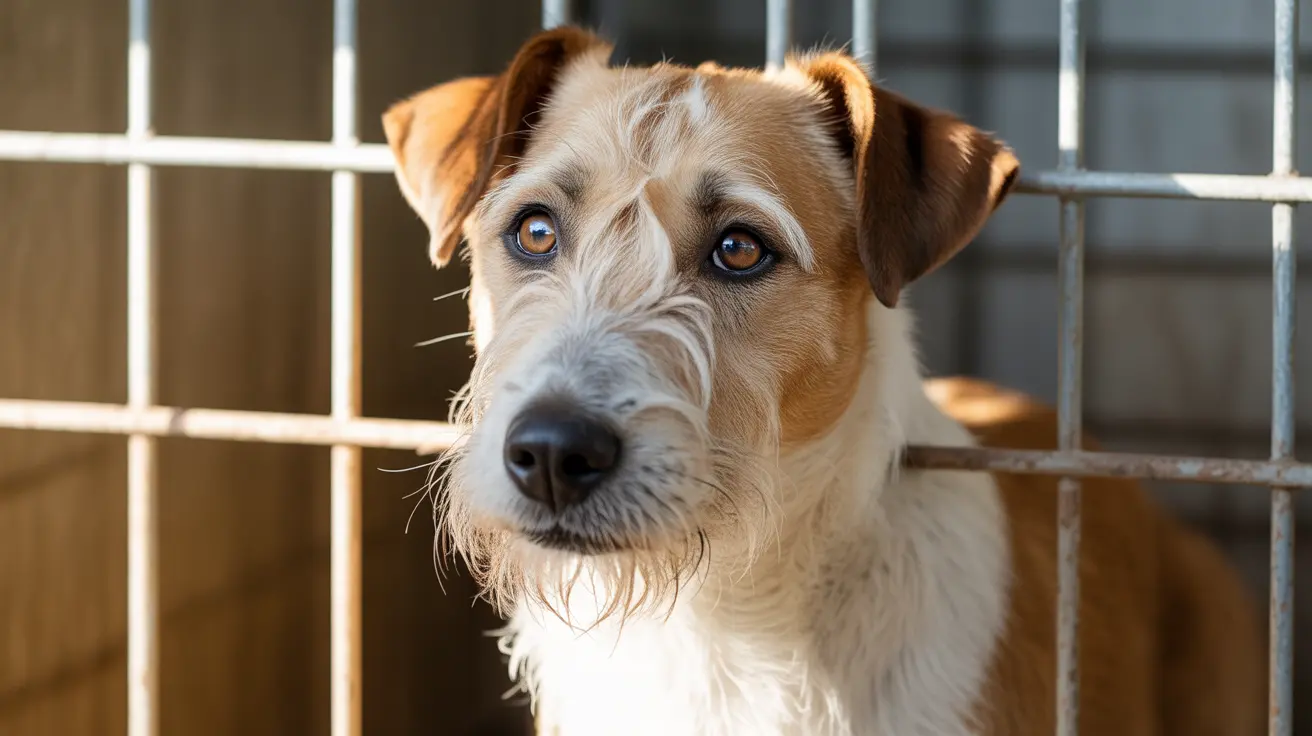How to Tell a Pit Bull from a Staffordshire Terrier
Distinguishing between an American Pit Bull Terrier and an American Staffordshire Terrier (AmStaff) can be challenging due to their shared ancestry and similar appearance. However, there are distinguishing factors in their physical traits, breed recognition, and temperament that can help dog owners and enthusiasts tell them apart.
History and Breed Origins
Both breeds descend from strong, agile dogs originally bred for bull-baiting in 19th-century Britain. These early dogs were later imported into the United States, where they evolved into two distinct but closely related breeds:
- American Pit Bull Terrier (APBT): Recognized by the United Kennel Club (UKC) and the American Dog Breeders Association (ADBA).
- American Staffordshire Terrier (AmStaff): Recognized by the American Kennel Club (AKC).
The AmStaff was developed from the APBT in America with a focus on creating a more family-friendly companion dog.
Breed Recognition Differences
- American Pit Bull Terrier: Not recognized by the AKC but registered by the UKC and ADBA. Generally associated with a more working-dog build.
- American Staffordshire Terrier: Recognized by the AKC. Bred primarily for conformation and companionship.
Physical Differences
While both breeds are medium-sized and muscular, they exhibit subtle physical differences:
- Height and Weight:
- APBT males: 17–22 inches, 30–75 pounds.
- AmStaff males: 18–19 inches, 55–70 pounds.
- Build: AmStaffs are stockier and broader with pronounced cheek muscles; Pit Bulls tend to be slightly taller, more slender, and more athletic.
- Coat: Both have short, glossy coats. Pit Bulls can be any color except merle, while AmStaffs are typically solid or brindle.
Temperament and Behavior
Despite common misconceptions, both breeds are loyal, affectionate, and intelligent. Historically bred for strength and agility, today's well-bred individuals show:
- Devotion to family and friendliness toward humans.
- High energy levels requiring regular physical and mental exercise.
- Dog-selective behavior, particularly without early socialization.
Both benefit greatly from early training and positive reinforcement to promote good social manners.
Exercise Needs
These dogs are high-energy breeds, best suited for active owners. Daily activities can include:
- Fetch or tug-of-war games
- Running and hiking
- Agility or obedience training
- Scent work or puzzle toys
Without adequate stimulation, they may develop behavioral issues such as destructiveness or excessive barking.
Grooming Requirements
Both breeds are low-maintenance in grooming:
- Weekly brushing to reduce shedding
- Occasional baths
- Regular ear cleaning to avoid infections
Health Considerations
Common health problems include:
- Hip and elbow dysplasia
- Skin allergies (more common in Pit Bulls)
- Progressive retinal atrophy (AmStaffs)
- Patellar luxation (more common in Pit Bulls)
- Hypothyroidism and cerebellar ataxia (AmStaffs)
With proper care, the average life expectancy for both breeds is 12–16 years.
Living Environments and Suitability
Though adaptable, both breeds thrive best in homes with space and active owners. Apartment living is possible with sufficient exercise. Consider the following:
- Supervised socialization with other pets is crucial.
- They may suffer separation anxiety if left alone regularly.
- Positive leadership and structure are essential.
Family and Children Compatibility
Both breeds do well with children when properly socialized. Key factors include:
- Early exposure to kids and other pets
- Supervised interactions, especially during playtime
- Education for children on dog body language and respect
Misconceptions and Breed Stereotypes
Media and history have sometimes unfairly tarnished these breeds as dangerous. But:
- Neither breed is inherently aggressive toward humans
- Temperament depends more on socialization and training than breed
- Responsible ownership creates friendly, well-adjusted companions
Summary of Key Differences
- AmStaffs are AKC-recognized and bred for conformation; Pit Bulls are UKC-recognized and bred more for work and performance.
- AmStaffs tend to be stockier and calmer; Pit Bulls are more athletic and higher energy.
- Both are loving and loyal, ideal for active families with proper socialization and training.
While similar, small distinctions in appearance, energy, and registration help differentiate these remarkable breeds.





